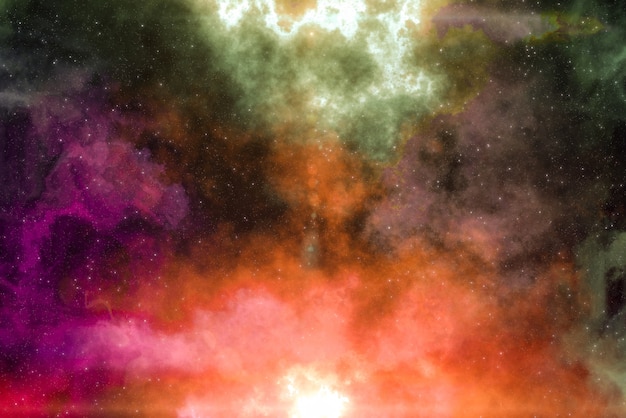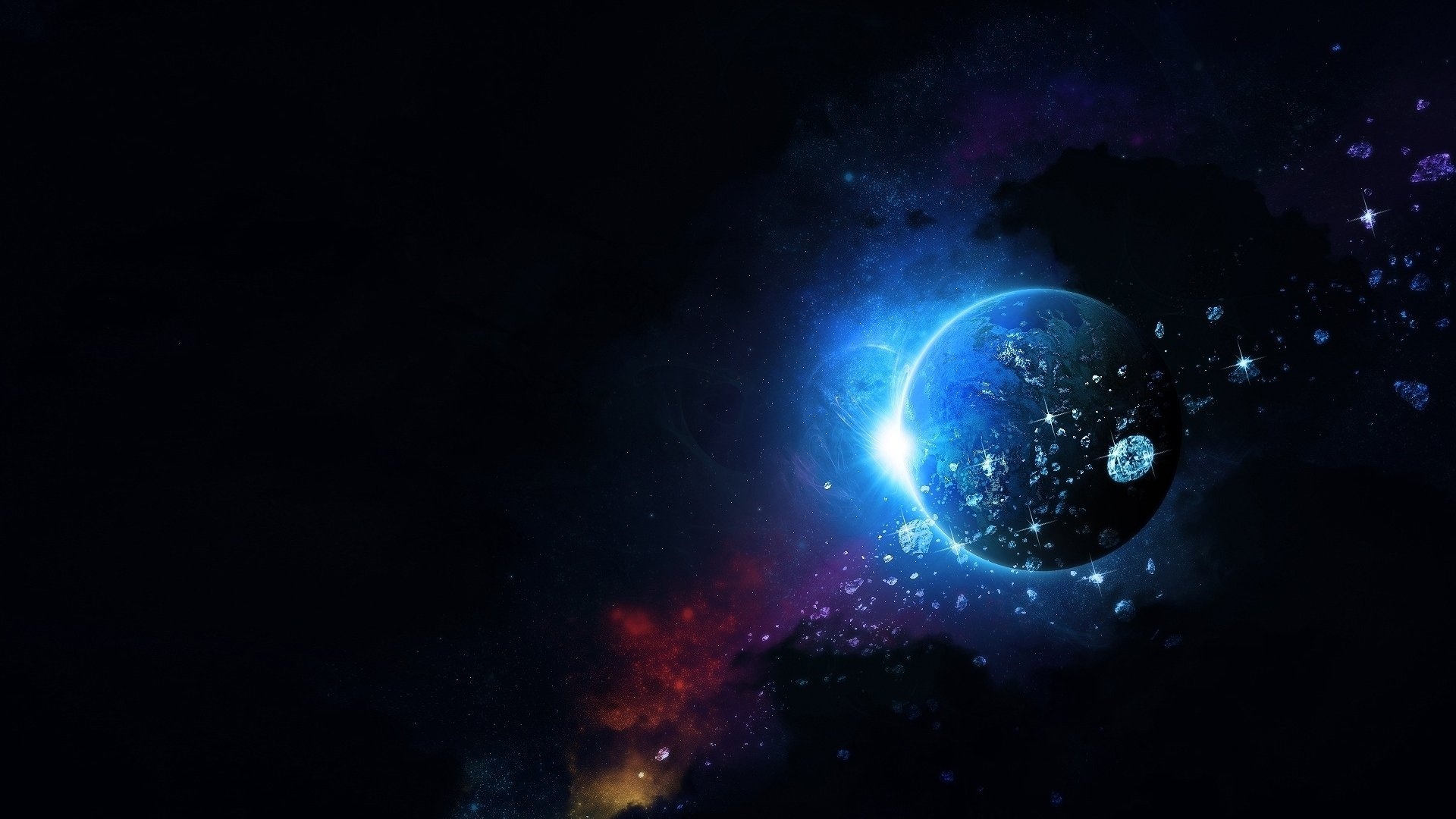
Randomness will not give you any of that. Science isn’t remotely close to turning the sugar in a sugar bowl into the music of Mozart or the plays of Shakespeare. We’ve proposed that consciousness is that something-if there’s another candidate, we’re not aware of one that can pass the acid test: Make it turn into thoughts, feelings, images, and sensations. The entire universe is a matter of transformation whereby something is available to be turned into perception. The crash vibrates air molecules, but sound needs hearing in order for these vibrations to be transformed into perception. Does a tree falling in the forest make no sound if no one is around to hear it? Obviously not.

Some theorists try to rescue materialism by saying that information is encoded into all matter, but “information” is a mental concept, and without the concept, there’s no information in anything, since information by definition must ultimately contain meaning (even if it is a sequence of 0’s and 1’s as in computer language), and only minds grasp meaning. It is more elegant and far easier to accept as a working hypothesis that sentience exists as a potential at the source of creation, and the strongest evidence has already been put on the table: Everything to be observed in the universe implies consciousness. If you are wedded to materialism, there must be a molecule (DNA) that functions as the source of speaking, walking, reading, and doing mathematics, but such an assumption falls apart very quickly, since:ġ) It’s impossible to credit that DNA knows math, which would in essence give it a mind.Ģ) Can we really believe that Shakespeare, and all other producers of words, get their inspiration from amino acids, enzymes, and proteins, which is what DNA actually produces?

It’s possible to locate which areas of the brain will eventually produce these abilities, but until then, they exist as pure potentials. Babies are born with the potential to walk, speak, read, and do mathematics. Such a conception is made less bizarre once you realize that consciousness operates the same way. Countless acts of observation give substance and reality to what would otherwise be ghosts of existence. So probabilities and other mathematical expressions, which are the foundation of modern quantum physics, imply the existence of observation. The probability of an event (even an event like winning the lottery or flying on the day a blizzard strikes) only exists as long as there is someone to ask the question of what may happen and to measure the outcomes when they occur. Where do they exist? Where is the exquisite mathematics that we have at our disposal to be found? Some sort of “real space”? That of course makes no sense. These possibilities then emerge as probabilities before “collapsing” into localized quanta, manifesting as the particles in space and time that are the building blocks of atoms and molecules. Quantum theory has reached the point where the source of all matter and energy is a vacuum, a nothingness that contains all the possibilities of everything that has ever existed or could exist. Having a vast number of universes emerging from empty space still does not explain why consciousness is what it is in our universe. But the multiverse cannot be an explanation of why this particular universe of ours is what it is. In many versions of superstring theories, the so-called M-theories, it is deduced that a vast number of parallel universes exist, all forming what is called the multiverse.
#COSMIC DEFINITION FULL#
The Higgs boson has gotten us a bit closer to a unified field theory-only a bit-but we are still far away from a full theory of quantum gravity. It rescues physics and science in general from a dead end-the total inability to create mind out of matter-and gives it a fresh avenue of investigation. The world “out there” appears to be self-sustained, distracting us from the truth: Without consciousness, nothing is experienced, either “in here” or “out there.”Ĭosmic consciousness, then, isn’t just real-it’s totally necessary.

Things constitute Maya in the Indian tradition, a word somewhat misleadingly translated as “illusion” but which works better if understood as “appearance” or “distraction.” It also implies impermanence. If you strip away all religious associations, higher consciousness is observational and experiential the mind looks directly at itself rather than outward at things. Their experiences supply abundant evidence-thousands of years’ worth-that the mind can look at itself and experience what consciousness is. But the label applied to mystics, saints, and sages, both East and West, really denotes those who have escaped the limitations of everyday perception. We are so used to assigning consciousness only to human thought that it takes some adjustment to see it as universal, or cosmic, applying at all levels. This article is co-authored by Deepak Chopra, M.D, FACP, and Menas Kafatos, Ph.D.


 0 kommentar(er)
0 kommentar(er)
